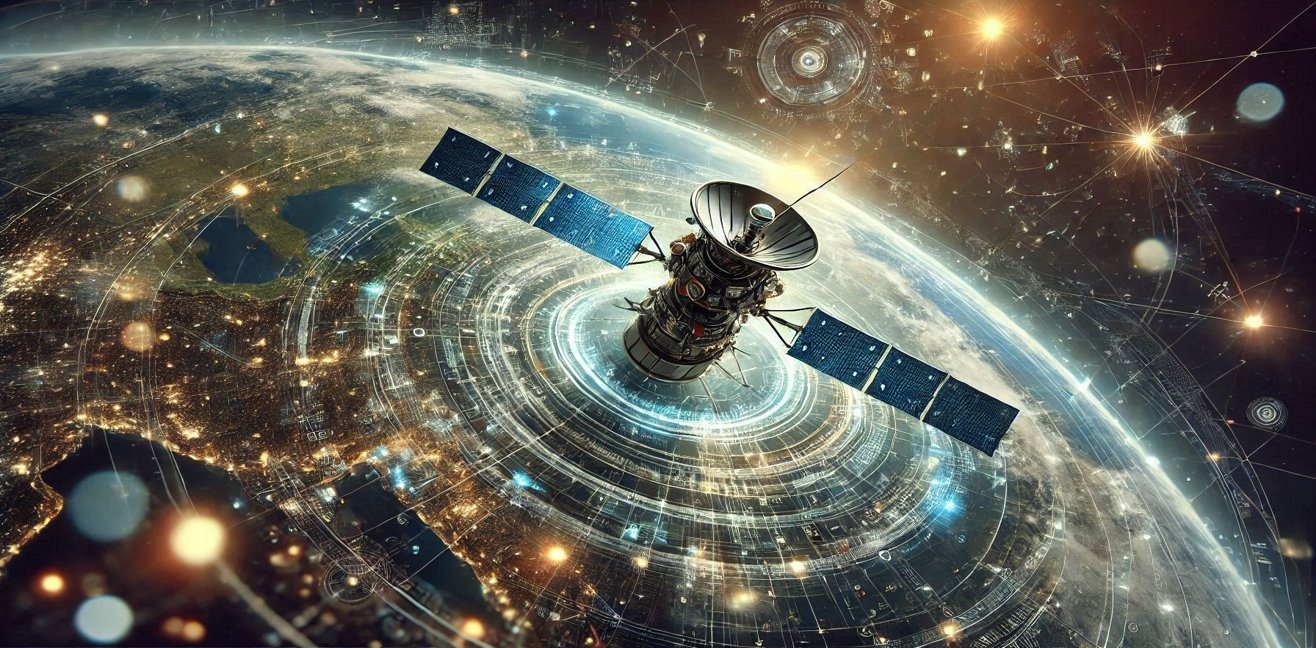Satellites have become an indispensable part of modern communication technology. By enabling communication through an invisible network, this technology has transformed global connectivity and fundamentally changed how people interact with one another.
The Invention of the Satellite
The concept of the satellite emerged in the mid-20th century. The Soviet Union’s launch of Sputnik, the first artificial satellite, in 1957 marked the beginning of satellite technology. This event holds historical significance as it represented humanity’s first successful attempt to send a man-made object into space.
The Development of Satellite Technology
Following the launch of Sputnik, satellite technology advanced rapidly. The first communication satellites were designed to transmit telephone and television signals over long distances. Later, navigation systems powered by satellites were developed, leading to innovations such as GPS, which has become an integral part of daily life.
Role in Communication
Satellites play a critical role in modern communication. From phone calls and internet access to television broadcasts and weather forecasting, satellite technology supports a vast array of services. Particularly in remote or rural areas where traditional infrastructure is unavailable, satellite communication becomes essential.
Role in Space Exploration
Beyond communication, satellites are vital in space exploration. They are used for observing space from Earth, forecasting weather, monitoring environmental changes, and fulfilling various scientific purposes. This technology provides valuable data to better understand our planet and contribute to its preservation.
Conclusion
Satellites are foundational to modern communication and space technology. By connecting people worldwide and aiding in the understanding of our planet through space exploration, satellite technology will remain a cornerstone of humanity’s journey toward future discoveries and advancements in communication.




